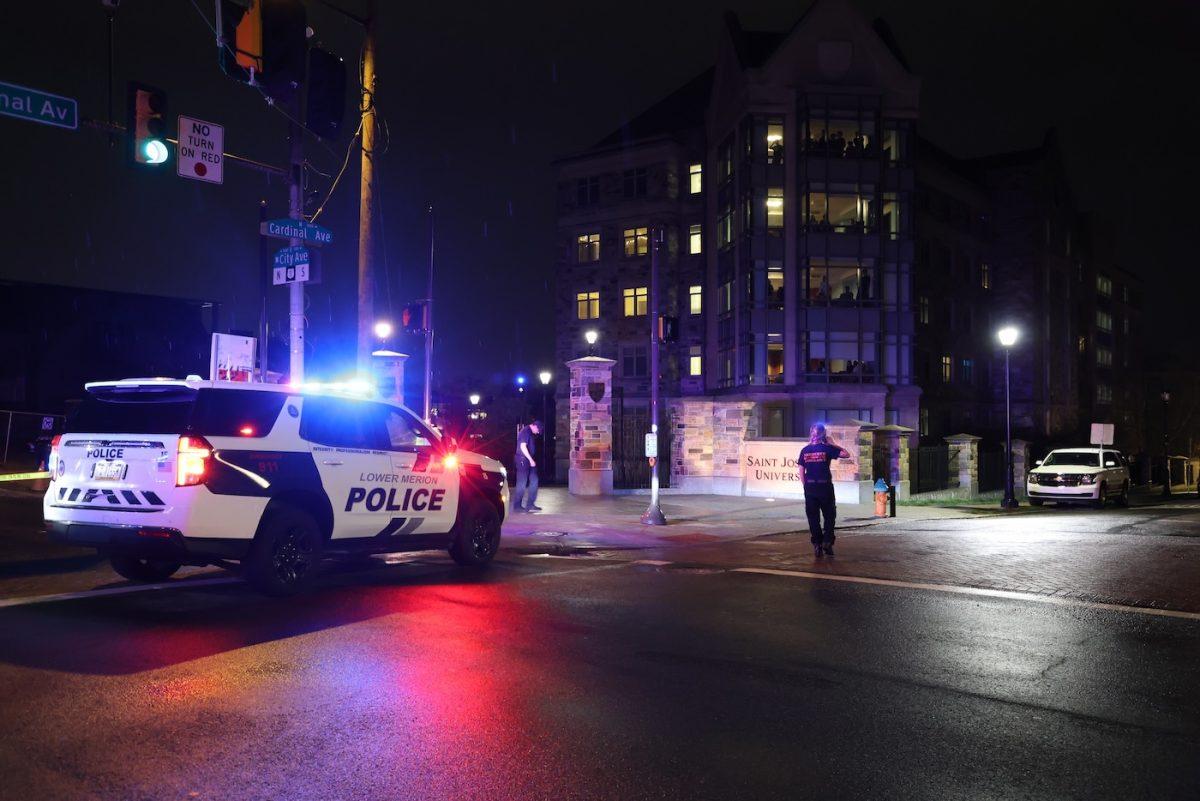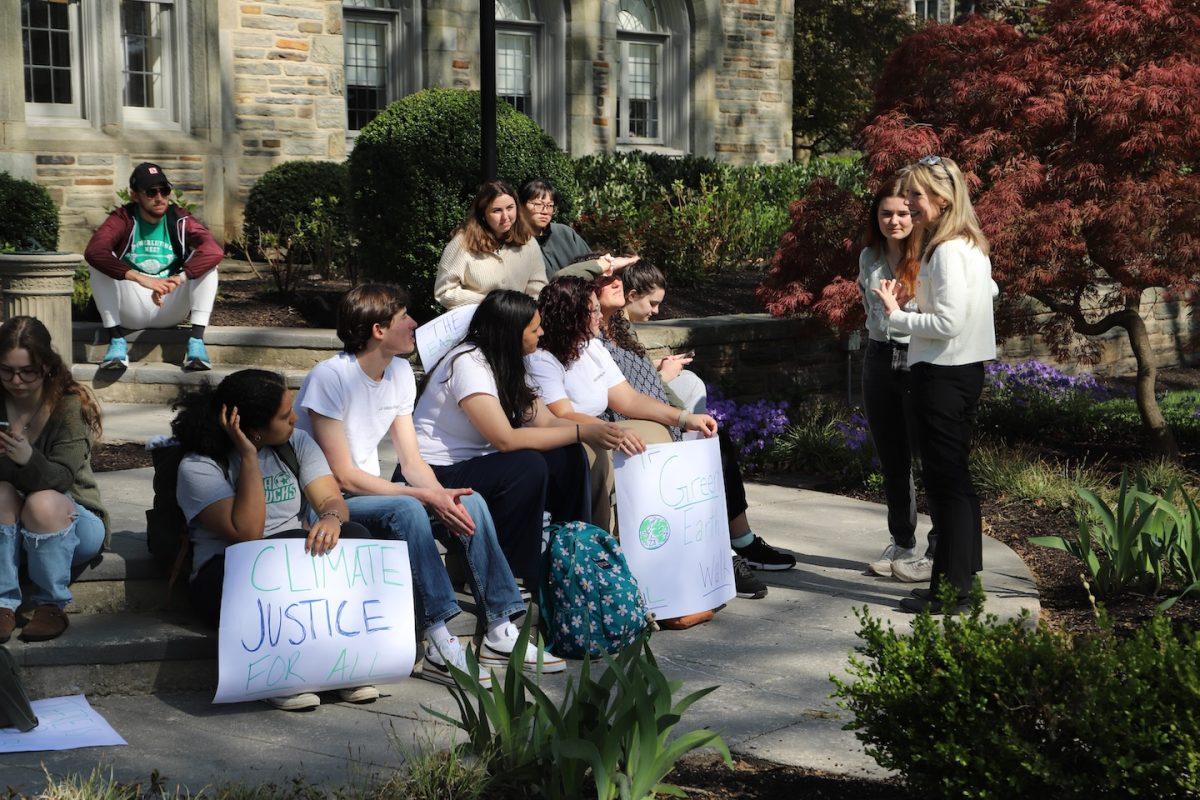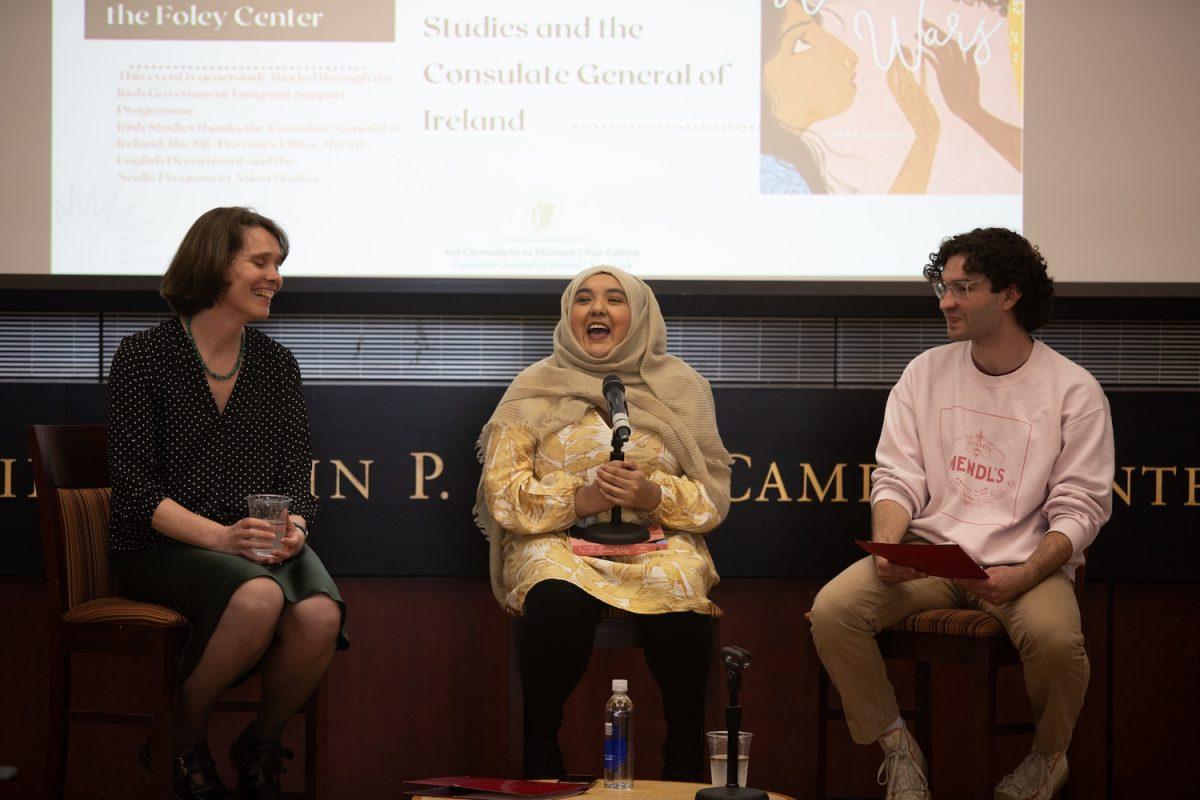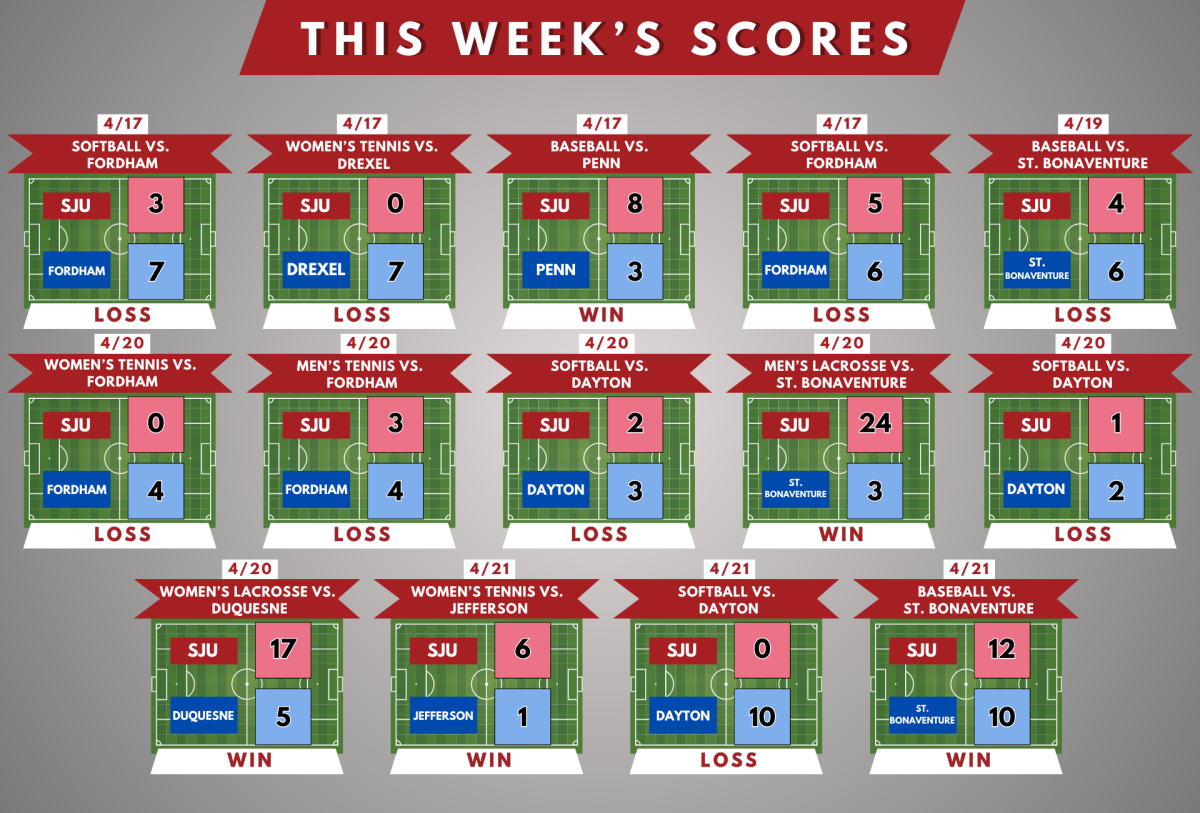The partisan influence over redistricting
After a long, controversial debate taking place across the state, the Pennsylvania Supreme Court ruled late last month that the state’s congressional map “clearly, plainly and palpably” violates the state’s Constitution.
This is a watershed moment for Pennsylvania, but many believe this ruling does not go far enough in addressing the issue at hand, and leaves much to be desired.
We, as citizens of the United States, rely on representatives from our communities to represent us in government – both on the state and national levels. In order for this representation to be equal and fair, however, we distribute representatives based on population.
For example, in the state of Pennsylvania – with a population of just under 13 million – there are 18 congressmen in the U.S. House of Representatives while California,with a population of almost 40 million, has 53 representatives.
We distribute these representatives – based on the district you live in – in order to try to establish equal representation in government, a concept established by the founding fathers and presented in the Constitution. However, partisan politics has led to a method of unfairly advantaging some groups over others during elections.
Populations grow and change over time, and in order to remain in accordance with this concept of equal representation, the boundaries of voting districts are redrawn. This is done to ensure accurate representation of communities and interests; however, this redrawing of boundaries – known as redistricting – is performed by those who are in power at the time, and this has led to politically biased districts being drawn in a process known as gerrymandering.
In its aforementioned ruling last month, the Pennsylvania Supreme Court declared that congressional districts were drawn with this partisan influence, and as such, were not constitutional. However, this is not just an isolated event in Pennsylvania.
North Carolina – a state with a history of gerrymandering – has also come under legal scrutiny as well. In fact, three states total – North Carolina, Maryland and Texas – currently have cases pending with their respective Supreme Courts, which will review their redistricting efforts.
As part of the ruling in Pennsylvania, the state legislature was told to create and submit a new congressional map and redraw the unfair districts and send it to to Gov. Tom Wolf by February 8th, with only 18 days allotted. Then, as laid out in last week’s issue of The Hawk, he must either accept the map, or reject it, which would lead to the redistricting process being handed over to the courts.
In an effort to gather public opinion on this matter, Gov.Wolf came to St. Joe’s last week on Jan. 31 and sat with a panel of five others, including political science adjunct professor Joseph Powers, to discuss the current redistricting debate in Pennsylvania. While Gov. Wolf and the other panelists were certainly critical of the unfair gerrymandering occurring in Pennsylvania and spoke of a common goal to work toward better representation, little was actually said in regards to specifics for solving this issue.
This lack of solution is indicative of not only Pennsylvania politics, but the problem of fixing gerrymandering as a whole. With the invention of computer models and collection of large-scale elector data, we are able to easily determine when gerrymandering is occurring; however, solving this problem is not as easy as identifying it because there is no single solution.
Some have gone so far as to suggest that we change the election system in the United States entirely; a measure that may prove beneficial, but is almost entirely implausible.
Others have suggested, more moderately, that we use these same computer models to develop fair districts. This notion of using computers to redraw the boundaries in a fair, accurate manner, however, shows the core issue of the gerrymandering debate: what is fair?
Even with computer models, a human is required to program in parameters for drawing the boundaries. Should the districts be compact in size to represent a specific region? Should they be drawn along county lines or school district boundaries? Should they give an advantage and attempt to increase the representation of minority groups?
All of these are valid points when looking at redistricting, and need to be addressed. The only way we can even begin to get to this stage, however, is by removing the partisan influence over the process of redistricting.



































